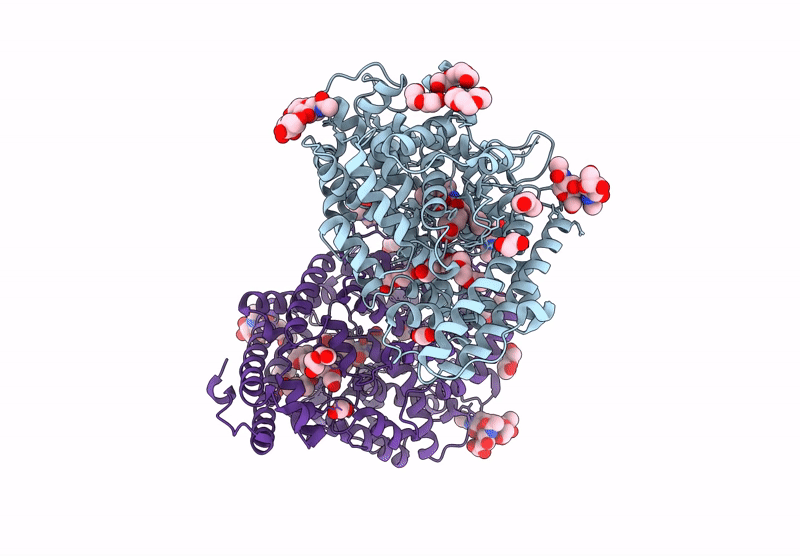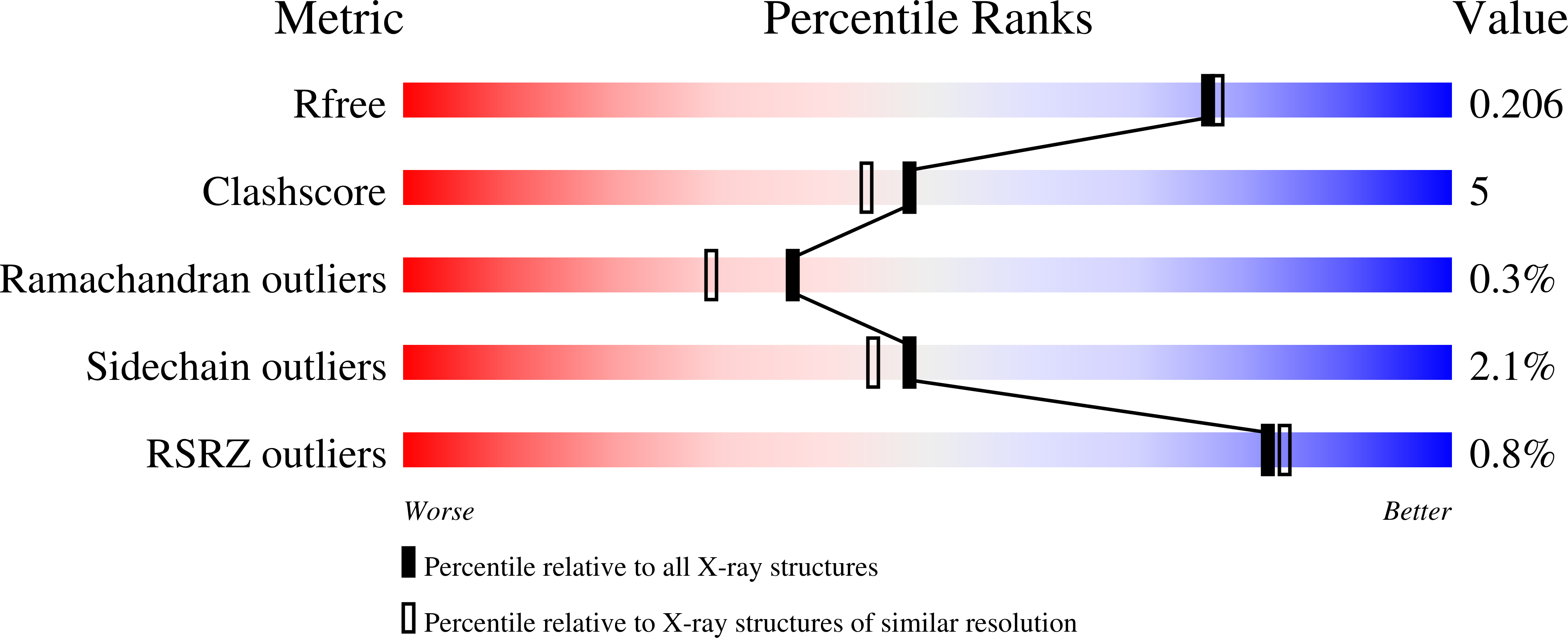
Deposition Date
2024-07-31
Release Date
2025-01-22
Last Version Date
2025-03-19
Entry Detail
PDB ID:
9GBS
Keywords:
Title:
Human Angiotensin-1 converting enzyme N-domain in complex with a diprolyl inhibitor- SG18
Biological Source:
Source Organism:
Homo sapiens (Taxon ID: 9606)
Host Organism:
Method Details:
Experimental Method:
Resolution:
1.90 Å
R-Value Free:
0.20
R-Value Work:
0.16
Space Group:
P 1


